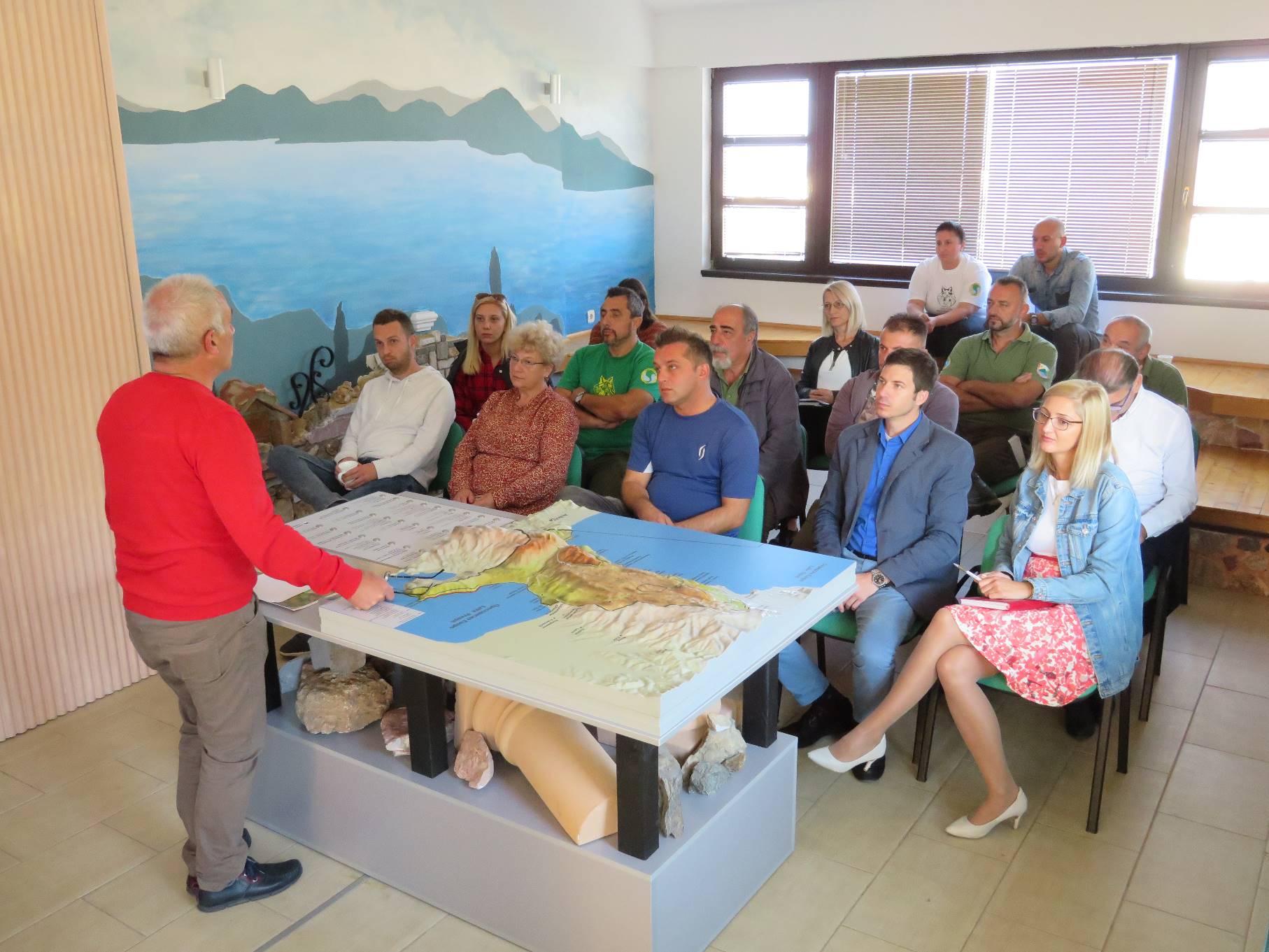

Regular Management Effectiveness Tracking Tool (METT) Assessments are becoming an integral part of the annual management cycle in the organizations managing the Protected Areas in the WPA. The METT is being established as an important decision-support tool enabling more transparent, evidence-based, and adaptive management, tied to the annual management cycle. It helps the managers to organize and streamline annual cycles of reporting while its findings and results help determine preferences among options in preparing the operational plan for the subsequent annual cycle.
METT assessments are an integral part of PONT’s monitoring and evaluation system at both program level and individual grants. Grantees managing protected areas are required to use METT to assess the impact of PONT’s grants on management effectiveness and track progress over time.
Most of the Grantees could build up on their previous experience in conducting METT assessment over the past decade required for projects supported by international donors. The National Agency for Protected Areas in Albania have made the annual METT assessments mandatory, whereas in North Macedonia they are regularly used in the process for developing management plans for PAs.
PA Managers stop seeing added value of conducting the METT assessment after few iterations when changes in management effectiveness are too subtle to be assessed or acknowledged by the METT scorecard. A participatory approach in combination with a more in-depth and meticulous assessment based on evidence, as well as an extensive use of the columns “Comment/Explanation” and “Next Steps” in the Assessment Form, improved the objectiveness and the perceived benefits of the METT Assessments. The participatory approach also enabled PA managers interact and discuss the issues covered by METT with the key stakeholders while the use of facilitators in the process made this interaction more effective and productive. Advanced METT is being piloted to help increase the objectivity of the assessment and track changes in effectiveness more consistently every year.